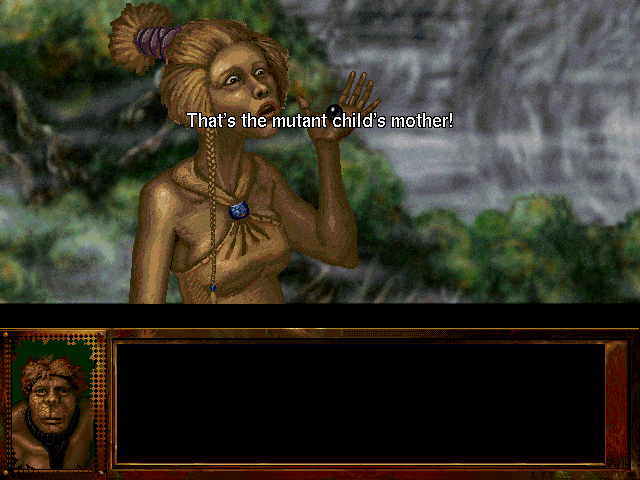
.jpg)
These days, Harlan’s name is associated with avante garde stuff, the cutting edge of the New Wave laden with emotion and impact.īack in the late ’50s, when he was cranking out material for the profusion of SF digests, Harlan’s work was of more variable quality. The second Belmont Double, poor imitation of the Ace Double follows a similar format to the first: one old novella combined with a newly commissioned one. It’s better because the book is highly divergent from the show, only retaining the name of the hero, the plot of invasion (even the aliens are quite different - their high temperature gives them away), and the William Conrad-esque narration that precedes and succeeds the three vignettes included in this first volume. It’s better because Laumer is a competent action writer. It’s better because Laumer’s Vincent discovers the aliens through canny investigation rather than stumbling on them at an old diner (tracking several seemingly unrelated factory production orders once the widgets are assembled, they make a ray gun). It is cliché-ridden and tired, a typical potboiler with a B-movie plot and science decades out of date. Keith Laumer probably wrote this one in his sleep and happily pocketed the $2000 royalty to pay for his next trip to London. The aliens are laughably inept, betraying themselves with crooked pinky fingers, and yet Vincent can never really get anyone to believe him. The Invaders doesn’t work for lots of reasons - being an architect doesn’t fundamendally involve protagonist David Vincent in anything. There’s a reason the show lasted four years. The Fugitive works because Kimball has a reason to keep moving, but, as a doctor, a moral obligation to help people wherever he goes. The Fugitive was, itself, a riff on Route 66, about two hunks Kerouac-ing across the country doing odd jobs trying to find themselves. Have you seen The Invaders? It’s a dopey riff on The Fugitive, instead of Richard Kimball running from the law for a murder he didn’t commit, at the same time tracking down the real killer, it’s about an architect running from alien invaders, while he also plans a counterattack. May summits like the recent one in Glassboro ensure the latter never needs answering. Were the two “K”s given too much credit? Are LBJ and Kosygin men we can trust to steer us clear from the edge of disaster? Those are questions that can only be answered by biographers in the first instance, and in the moment for the second. Burdick and Wheeler ascribe a basic competence and goodness to these particular national leaders, qualities that keep the world from exploding when all factors say it should. However, it’s also fundamental to the plot. This is a little jarring given that neither outlasted the book’s publication by very long.

#I have no mouth and i must scream am the tather ted the son movie#
Indeed, the main divergence between the book and movie is that the two national leaders involved are not generic statesmen but real people: Kennedy and Khruschev. And thankfully, there are still good people left in the positions that matter. It says that people made this death trap we live in, and only people can get us out of it. Despite the fundamental tragedy of the story, it is ultimately a hopeful book. Fail-Safe is the story of breakdown–of huge computerized networks failing for the disruption of tiny components, of people failing when confronted with clashing instructions. There are also occasional, Marooned-style depictions of the technology involved, in lurid detail.īut the events are the same, the dialogue is largely the same, the agony is the same. The differences pertain to the medium: we get several mini-biographies of the main characters, including the translator, the war-monger, the self-loathing SAC General, the commander of the Omaha base. Indeed, the movie is in many ways a shot-for-shot rendition of the print version. If you’ve seen the movie, then you know the plot of the book: mechanical malfunction causes a flight of bombers, responding to a false threat, to head irretrievably on an atomic raid of Moscow. Morever, the events depicted in the book are supposed to take place in 1967, so what better year to review it? However, the original Fail-Safe has been staring me in the face for the past four years, and when I finally picked it up, I found I couldn’t put it down. With so many new books coming out, it’s not often that we at the Journey can devote inches to older titles. Dig in and enjoy the bounty!įail-Safe, by Eugene Burdick and Arthur Wheeler We’ve got a triple (maybe quadruple) play for you this morning.


 0 kommentar(er)
0 kommentar(er)
